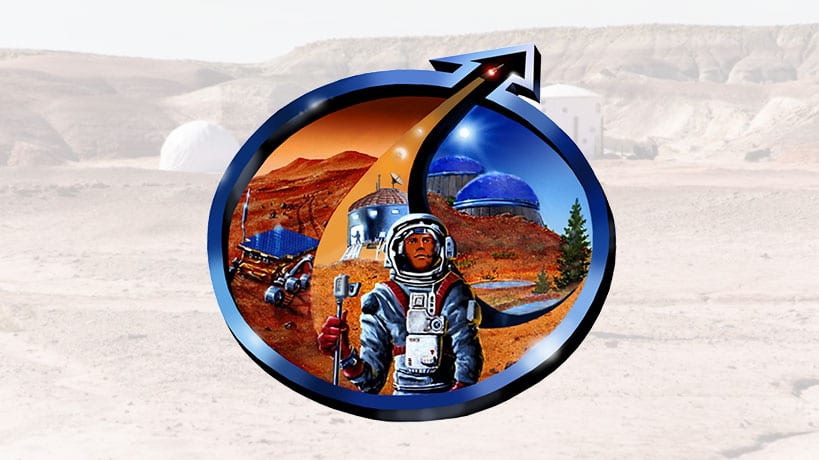
 The first of a regular weekly journal series, exclusive to Space.com, from the Mars Society’s Mars 160 crew currently stationed at the Mars Desert Research Station in Utah.
The first of a regular weekly journal series, exclusive to Space.com, from the Mars Society’s Mars 160 crew currently stationed at the Mars Desert Research Station in Utah.
By Annalea Beattie, Mars 160 Crew Member
On Sept. 24, The Mars Society launched the ambitious two-phase Mars 160 Twin Desert-Arctic Analog simulation to study how seven crewmembers could live, work and perform science on a true mission to Mars. Mars 160 crewmember Annalea Beattie is chronicling the mission, which will spend 80 days at the Mars Desert Research Station in southern Utah desert before venturing far north to Flashline Mars Arctic Research Station on Devon Island, Canada in summer 2017. Here’s her first dispatch from the mission:
Hello all,
It’s the 22nd of September here in the loft of the Mars Society’s Mars Desert Research Station (MDRS) in Utah. It’s my first night and I try to call home. There is a time delay from Mars to Tasmania and no response from Mum, no surprises there.
This is the first of our two-phase Mars 160 mission. You might already know that the second phase of our expedition is at Flashline Mars Arctic Research Station in the Arctic circle next year in the Canadian summer. Though there is a break between the two phases, this doesn’t matter. Mars 160 is a comparative study in terms of science and science operations.
Downstairs, I can hear the conversation around the table as our crew has a cup of tea before bed. Australian geologist Jon Clarke is talking about how we are the only MDRS crew ever to be able to study two analogue environments in a twin desert study in a way that will help us understand more about conditions on Mars.
An analog is something similar to or representative of something else, like an analog clock. In planetary science, terrestrial analogues enable us to use counterparts of features seen on other planets (in this case, Mars) to better understand them and/or prepare for missions to them.
Analog research is typically field-based and is different from simulation (usually a mathematic or computer model, such as an MIT study of Mars One life support) and laboratory studies (where variables are tightly controlled, such as Mars 500 or at the Human Exploration Research Analog).
To read the full blog, please click here.